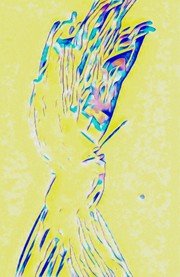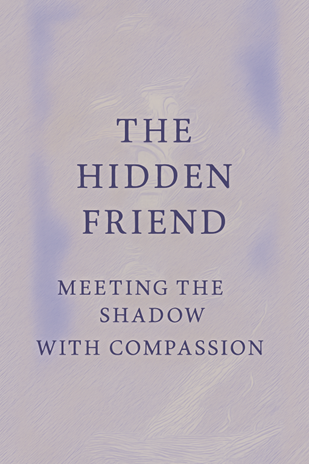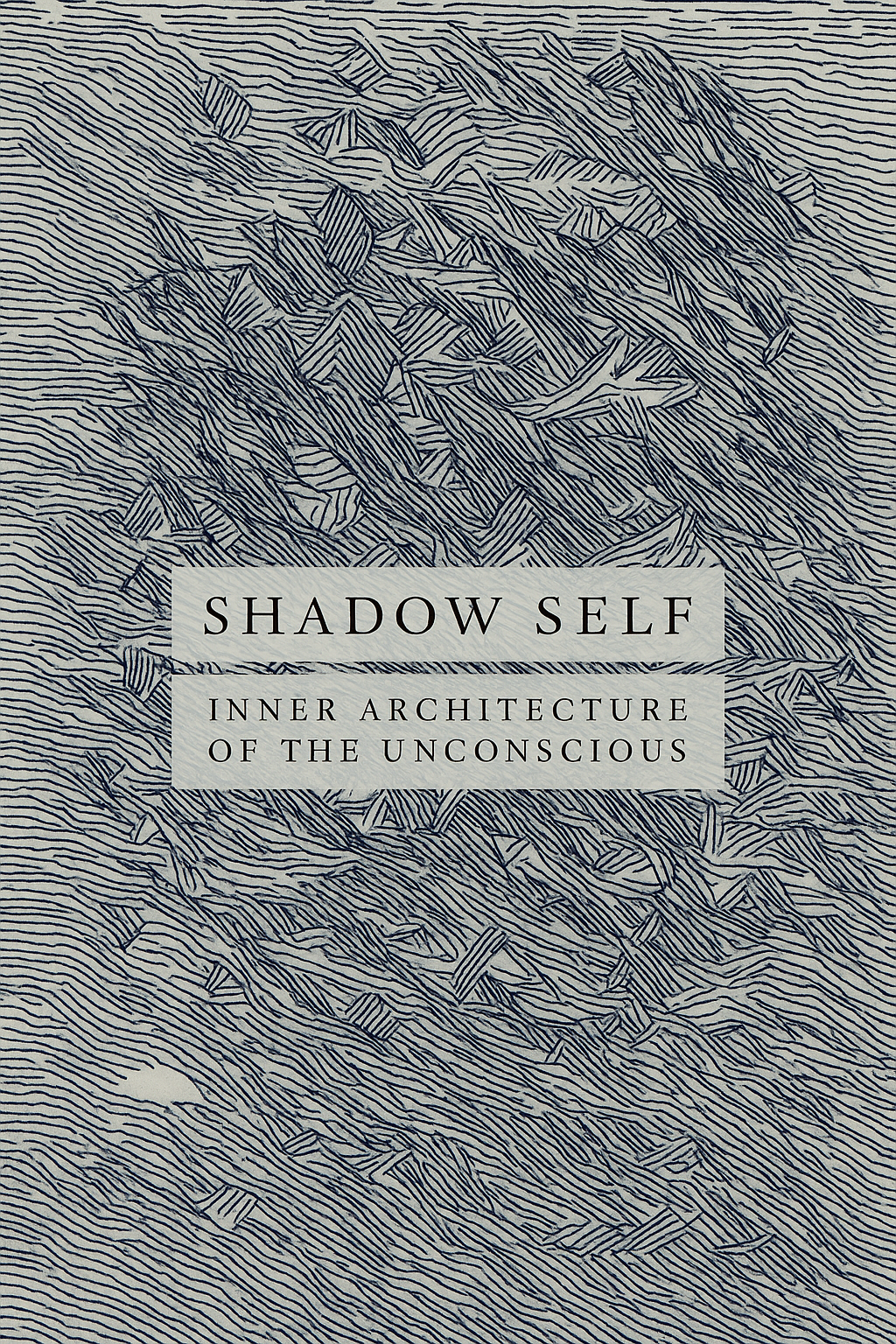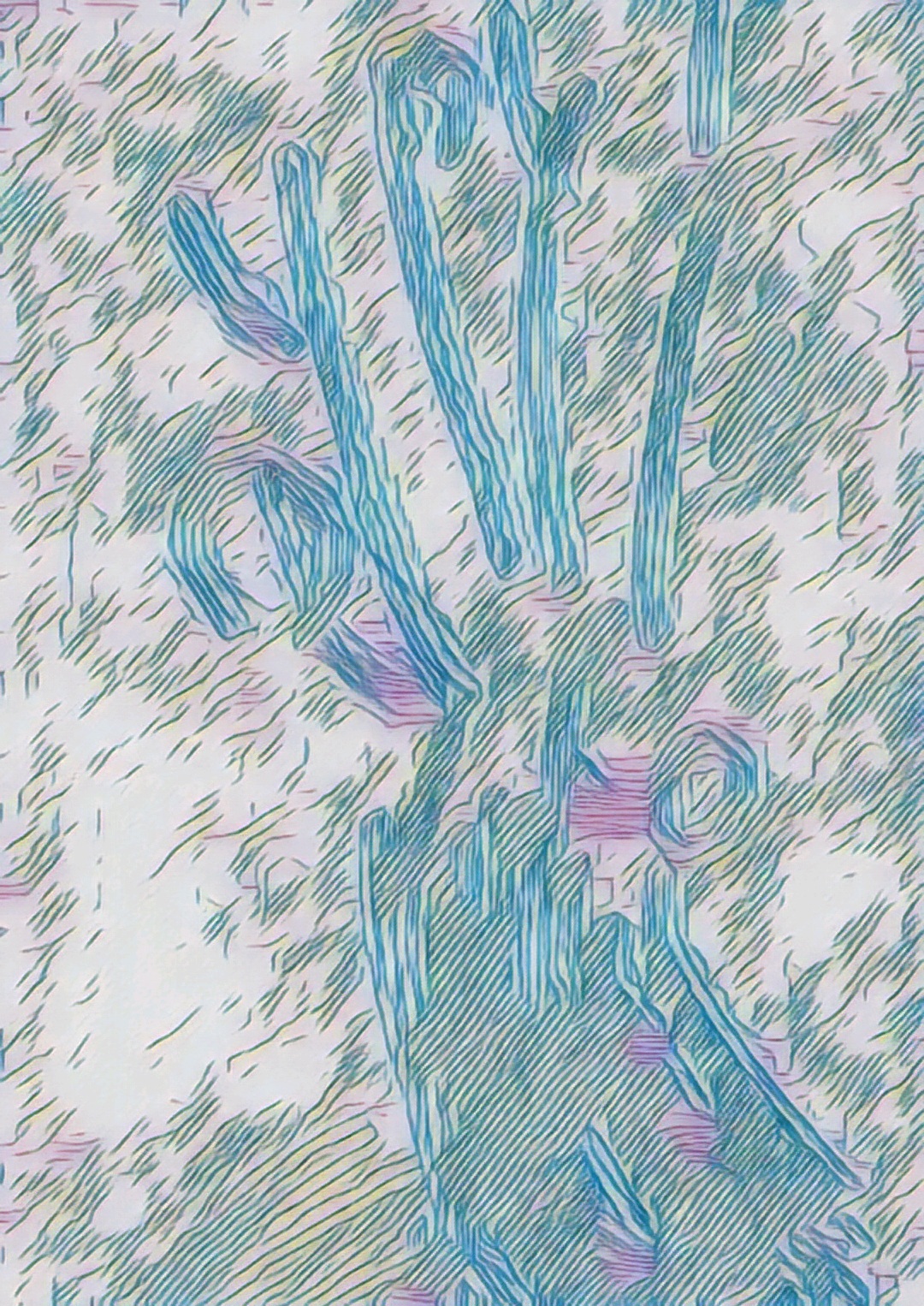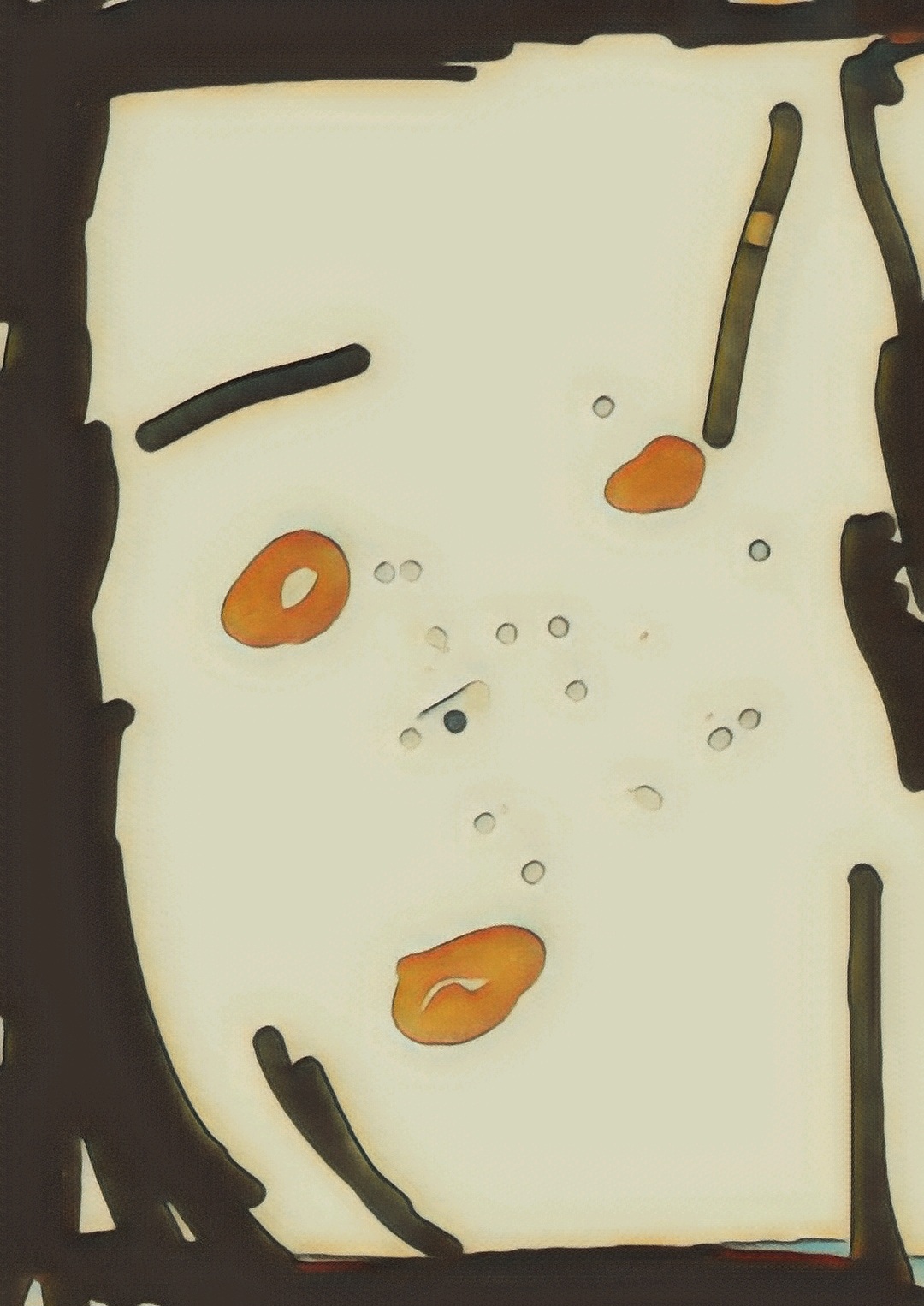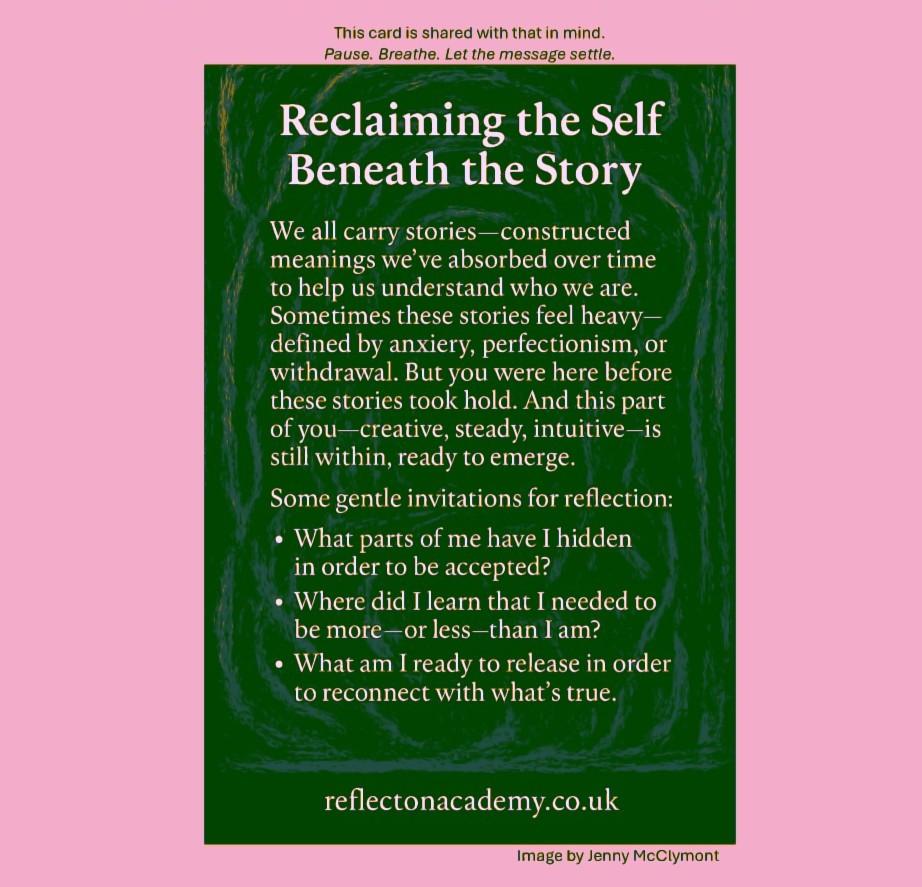They don’t always look tired. They don’t always sound overwhelmed. They don’t always cry out for help.
Sometimes, burnout wears lipstick. Sometimes, it shows up early, takes notes, and smiles through the meeting. Sometimes, it volunteers to stay late.
Burnout is not always loud. Sometimes it is the quiet retreat of a once-engaged soul. It’s the therapist who says, “I’m fine” with a practised nod. The student who turns in the essay but hasn’t slept in two nights. The mother who makes three packed lunches and forgets her breakfast.
Burnout is what happens when your inner world crumbles and your outer world applauds you. It’s slow. Cumulative. Hidden in the cracks of overachievement.
And it often begins with invisible struggles.
The invisible struggle of being the strong one. The go-to. The capable. The helper.
But what happens when the helper needs help?
This blog is for those who hold others while feeling hollow. For those who cancel their therapy to accommodate another client. For the ones who show up with compassion fatigue and still give.
This is not weakness. This is weight.
Burnout doesn’t just ask for rest. It demands repair.
So pause. Let the silence speak. Let your needs matter too.
Because your work is not your worth. Because exhaustion is not a badge of honour. Because showing up for yourself is also a form of service.
Let’s start saying: I am allowed to rest. I am allowed to be seen. I am allowed to fall apart.
And rebuild.
Quietly. Gently. Powerfully.
